If you’re wondering how to unclog milk duct and looking for fast pain relief, then you’re in just the right place!
Clogged milk ducts are definitely one of the most painful feelings in the world, not to mention they make pumping really difficult, if not impossible.
The role of ducts in a woman’s breasts is to convey milk from the mammary glands to the nipples during breastfeeding.
If plugged ducts aren’t unclogged as soon as possible, they will not only cause pain and itchiness (among other unpleasant symptoms), but may also lead to mastitis (inflammation of the breasts).
That is why it’s important to react upon the first symptoms.
If you’re suffering from blocked ducts, or you know someone who does, no worries! In this article, I’ll list all of the symptoms, remedies, and strategies of how to unclog milk ducts and tips to prevent clogged milk ducts in the future.
So, buckle up and let’s get started!
Symptoms

One of the easiest ways to know if you have a clogged milk duct is to check whether you’re experiencing a tender lump in your breast.
The area surrounding the lump is usually red and when you touch it, you can feel the warmth radiating from it.
You may also notice that the breast is more sensitive before breastfeeding and once you’re done with it, you feel an instant relief.
Sometimes both breasts are affected, but most often it is only one.
Other symptoms include slower milk flow from the affected breast (due to pressure from the clogged duct that might influence other ducts too), lumpy skin in one breast area, and a milk bleb (a white dot found on the nipple).
In case you’re wondering if you have mastitis, pay attention to whether you have other symptoms like chills, engorgement malaise, flu-like symptoms, and/or fever.
If you do, chances are that you may also have mastitis and that’s why it’s crucial that you start dealing with a clog as soon as possible, as symptoms of mastitis can spell real trouble.
You could say that having mastitis is similar to having a draining flu, but only ten times worse than flu because you don’t have the luxury of resting and doing nothing – you still have to nurse, pump, and take care of your little one.
Note: If you’re experiencing fever along with breast pain, it’s best to go see your doctor.
Causes

Some people also call it a blocked duct or a plugged duct and this “phenomenon” occurs when there is a milk flow blockage in your breasts.
Clogged ducts mostly affect women who are breastfeeding, have decided not to breastfeed (after a recent childbirth), or have for some reason decided or had to recently stop with breastfeeding.
In the majority of cases, clogged milk ducts come about as a result of milk not being fully drained from the breast, whether it be from missing breastfeeding your little one or skipping a pumping session for some reason.
As a result, the milk accumulates and causes blocked duct/s.
Another reason for clogged ducts occurring is due to irritation of your breast tissue (your bra or clothes are too tight, or if you have a tendency to sleep on the breast).
Also, blocked ducts can show up if you’re having difficulties regarding breastfeeding, such as overflow, baby’s poor latch, pain, etc.
Other culprits may include nursing positions that cause discomfort (in which case chatting to a lactation consultant will help), or wearing a bra that has underwires (God, I hate those underwires).
And, in some cases, clogged milk ducts occur for no apparent reason.
How To Unclog Milk Ducts And Relieve Pain
As with the majority of other conditions, it is also possible to unclog milk duct with certain strategies and home remedies.
Keep in mind that without treating it, you might be at risk of developing a breast infection, which is something you want to avoid at all costs.
So, here are some ways that will both help you unclog milk ducts and relieve you of those annoying symptoms:
1. Empty the affected breast thoroughly and frequently
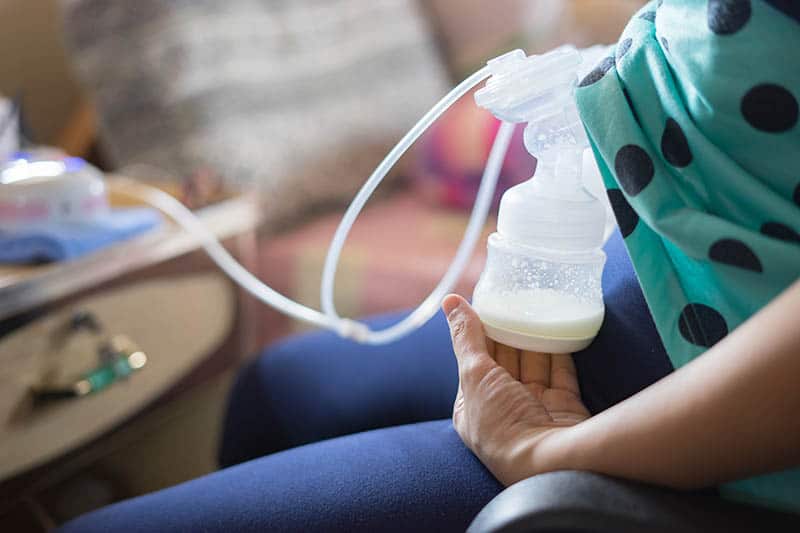
If you’re breastfeeding, consider giving your little one the affected breast first.
But, if you’re feeling really uncomfortable and in pain, you can start by giving your little one the other breast that is not affected first.
What you need to pay close attention to is that your little one drains the breast as completely as possible.
And if your baby is not cooperating (read: doesn’t succeed in draining the breast thoroughly), then hand express or finish the process with the help of a breast pump.
It’s also recommended to pump the affected side as frequently as possible (regardless if you’re pumping exclusively or from time to time).
The process of pumping the affected breast will be painful, but it’s necessary if you want to unclog milk ducts successfully and relieve pain.
Pumping is a great backup option.
2. Apply a warm compress

Whenever I’m suffering from severe menstrual cramps, I always apply a warm compress and feel instant relief.
I swear to God, not even pills can help me the way a heating pad or warm washcloth can.
And the same rule applies to treating blocked milk ducts as well. So, consider applying a warm compress on your breast for approximately 20 minutes.
This almost always quickly relieves the clog symptoms.
Also, you can try the benefits of warm water or hot water. Taking a warm shower or hot shower will do the trick (just make sure that the water is not too hot).
3. Breast compressions

Another remedy for plugged milk ducts is doing breast compressions.
If you haven’t tried or heard of it before, breast compression basically means squeezing your breast (the affected area) gently during pumping or breastfeeding in order to pump more breast milk with the help of pressure.
This will help you empty the affected breast thoroughly (especially if the baby is not doing her/his job).
4. Try an electric toothbrush and/or lactation massager
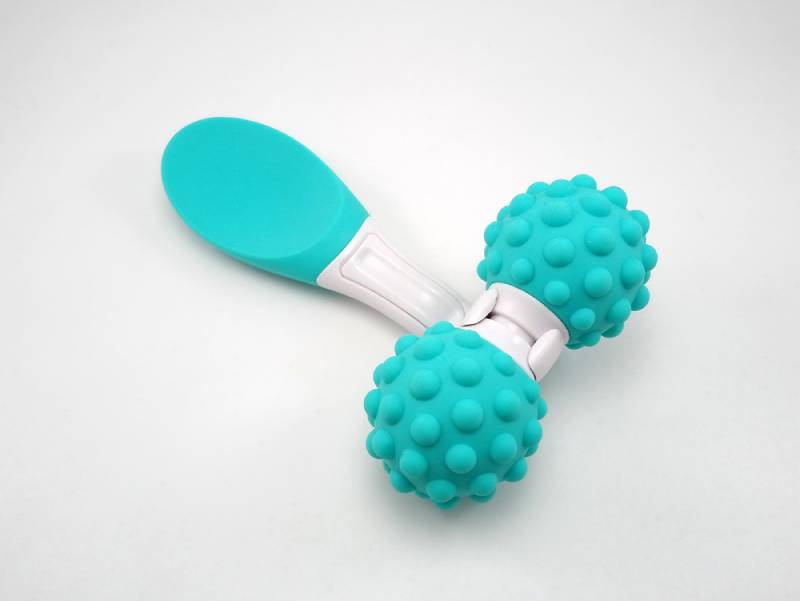
Why should you try an electric toothbrush or lactation massager? Well, the vibrations have the power to break through the clogged duct.
If you already have an electric toothbrush, you can try with that first, but in case you’re really susceptible to plugged milk ducts, a lactation massager might be a better alternative in the long run.
The best thing of all is that you also apply this massaging technique while showering because it’s waterproof.
So, if you add hot water in the shower to the equation, there you have it: the ultimate recipe on how to unclog milk ducts and relieve pain.
5. Use a comb while showering
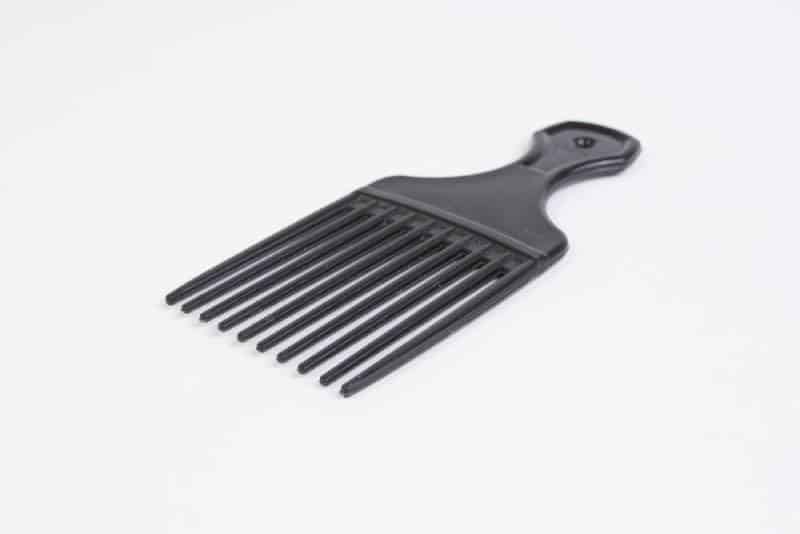
I know, you’re probably confused by this one, but believe it or not, using a wide-toothed comb while showering can really help alleviate symptoms.
What you need to do is take the comb, carry it through a bar of soap and then gently massage over the affected area of the breast, combing over the affected area toward the nipple.
I know that it sounds really weird, but as always: If you don’t try, you’ll never know. Besides, I’ve realized that the most weird solutions are usually the most helpful.
6. Epsom salt
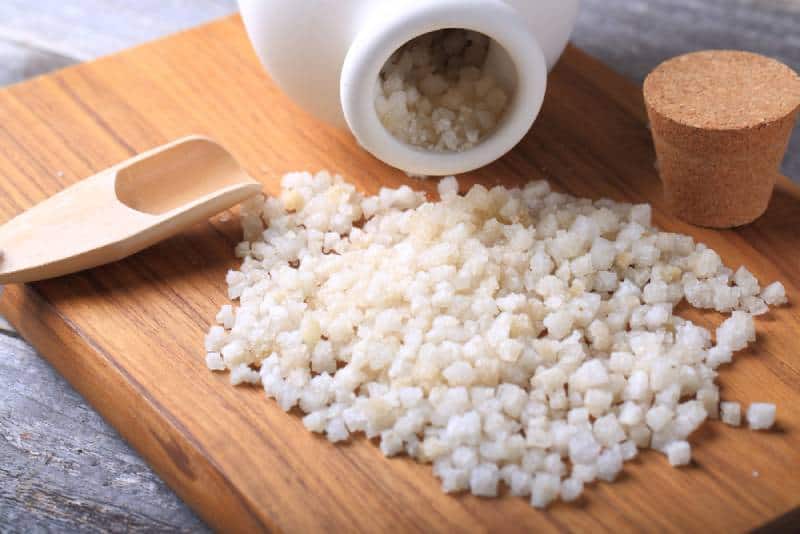
There are two ways in which you can use Epsom salt to treat clogged milk ducts.
The first one is by soaking your breasts in a warm bath with Epsom salt added for approximately 10-20 minutes.
The second option is to put hot water and 1-2 tablespoons of Epsom salt into a Haakaa pump, and keep it on your breast for 5-10 minutes.
7. Try “dangle feeding”

Many mums find this particular method extremely helpful when it comes to freeing the blockage.
Dangle feeding is a feeding position where the baby is under you and you’re leaning over him/her “on all fours” to nurse.
Even if you’re only exclusively pumping, you can still do “dangle pumping.”
The method is the same as the previous one, but instead of leaning over a child, you’ll pump while in the same position.
And if you’re not interested in giving this method a go, you can try changing positions while breastfeeding so that your little one’s nose is pointed toward the blocked duct.
This will help drain the duct easier than in other breastfeeding positions.
8. Avoid bras with underwire and wear loose-fitting clothes

As we already mentioned above, bras with underwire are one of the biggest sources of discomfort and causes of blocked ducts.
That is why it is important to avoid wearing them, at least until you’ve weaned your baby off the breast.
There are plenty of support bras without underwires on the market, so you shouldn’t have any trouble finding the right one for you.
Clothes that are too tight are also something you should avoid. Instead, wear loose-fitting clothes for not only the sake of comfort, but preventing and alleviating clogged ducts.
9. Ibuprofen

If natural or any other remedies are not doing the trick, you may consider taking ibuprofen to alleviate symptoms and help with the inflammation.
Ibuprofen is safe to consume during breastfeeding if taken for a short time and at the recommended dose.
Should you wish to err on the side of caution, however, chat with your doctor before taking any medication to ensure that your and your baby’s health are not at risk.
10. Ask your partner to assist you

I know what you’re thinking: “No way, my partner would never agree to it because it’s too weird and awkward.”
But, you should definitely consider at least trying to ask your partner to assist you by providing the suction to help you with clogged duct.
Some partners won’t have problems with this, but others might feel a little uncomfortable.
If the latter is the case with you, just don’t force them or get mad, because there are plenty of other ways to successfully deal with clogged ducts.
How To Prevent Clogged Milk Ducts In The Future?
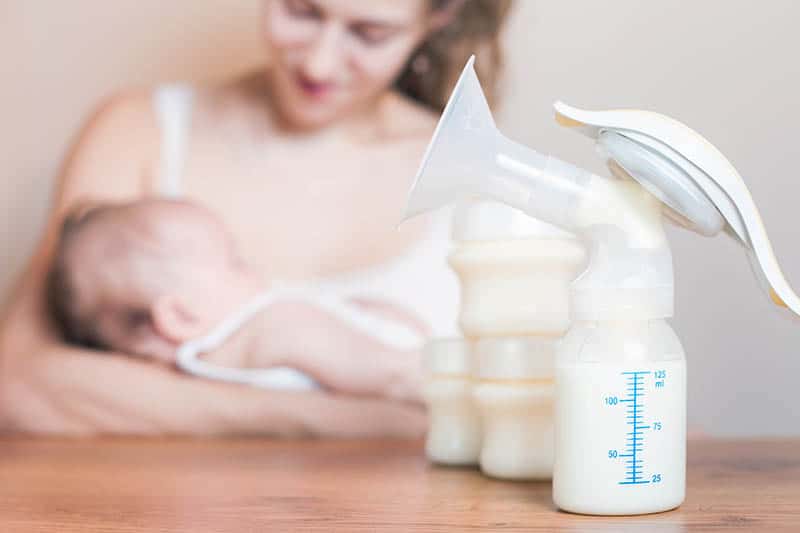
If you’re wondering how to prevent clogged ducts in the future, the best way to do so is by emptying your breasts regularly and, most importantly, thoroughly.
Breast milk works on the principle of give and take.
Clogged ducts usually occur when there is too much milk supply “in the store” but no one is “buying/consuming it.”
So, try not to skip breastfeeding or pumping sessions (if you can help it, of course).
And if you do, make sure to empty your breasts as soon as possible.
RELATED: Sunflower Lecithin Breastfeeding Supplements For Plugged Ducts
And Remember…
Remember to make sure that your bra and clothes are comfortable, that your breast shields are the adequate size, and to avoid sleeping on the affected breast.
Also, in case you’re really susceptible to clogged ducts, here’s one final remedy to help you unclog milk ducts: lecithin.
This magical remedy has the power to make milk less sticky, which improves the flow of milk from the milk ducts.
Lastly, plugged ducts will usually clear up within one to two days with treatment. If it persists for a week or longer without getting better, be sure to consult your doctor or lactation consultant.
That would be it, and one more thing: Good luck!
Like this post? Please share or pin it for later. You can also stay in the loop and follow us on Facebook, Instagram or Pinterest.

This post contains affiliate links. Please see our full disclosure for more info.

